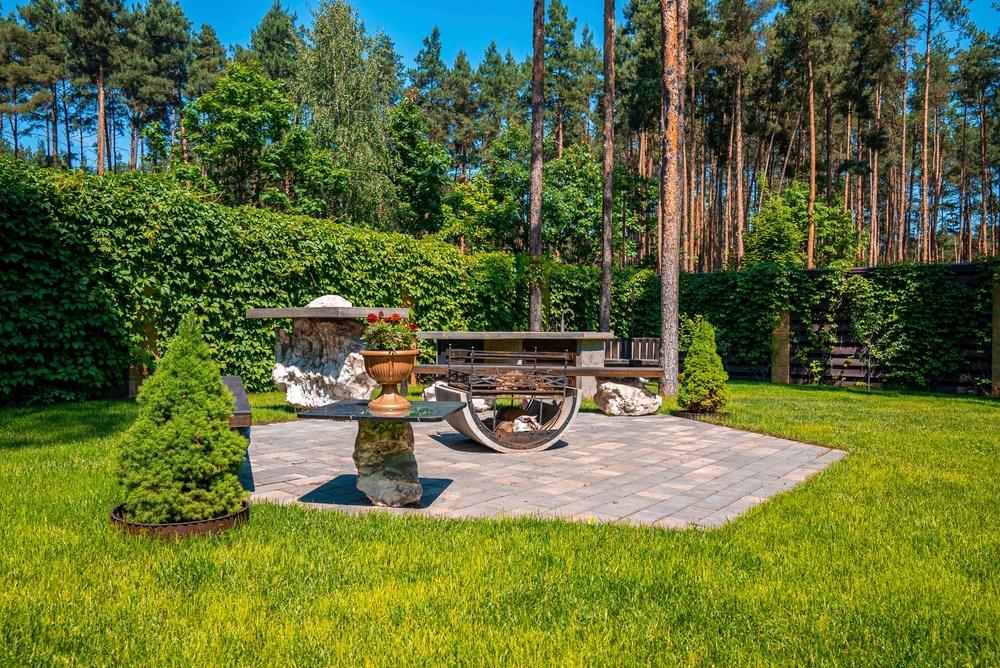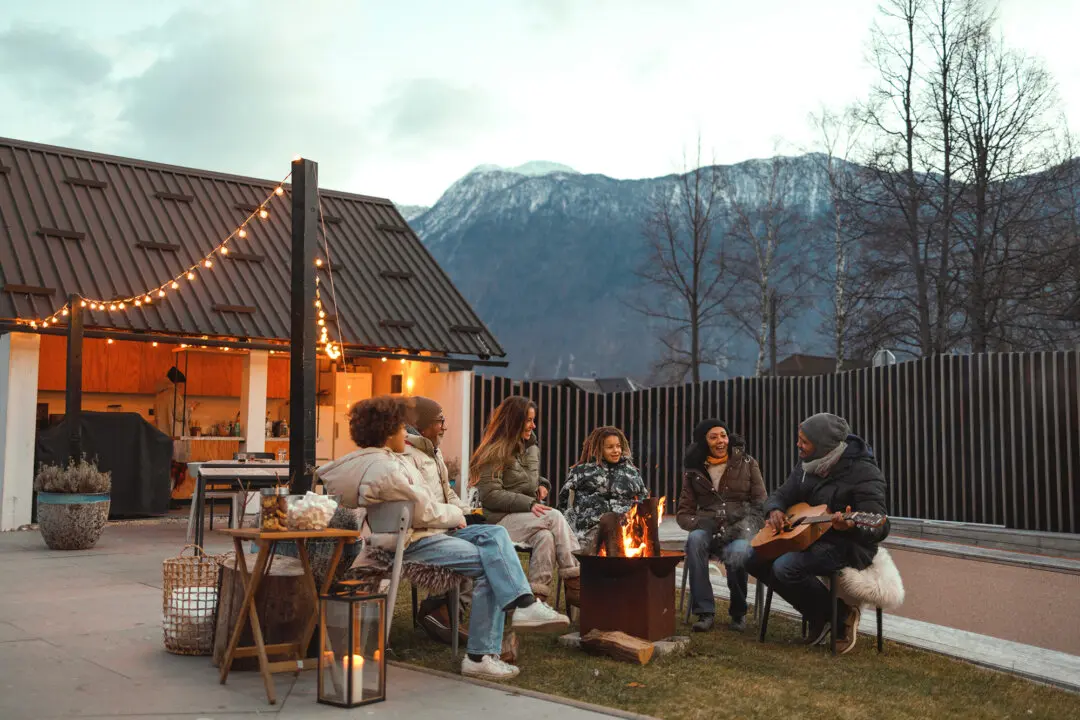Wood fences have long been the standard when it comes to “good fences make good neighbors,” followed by vinyl, composite, masonry, and metal. While they do their job well, they are often subject to local ordinance height restrictions (usually 4 feet in front of the house line and 4 to 6 feet elsewhere), do little to suppress noise, don’t provide enhanced security (a fence can be scaled, hedges not so much), and often have a higher initial cost when compared to plants, particularly if one is willing to start with smaller specimens and let them grow in.
Additionally, hedges provide color, texture, and visual interest and can act as a haven for wildlife.





